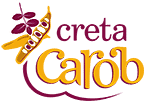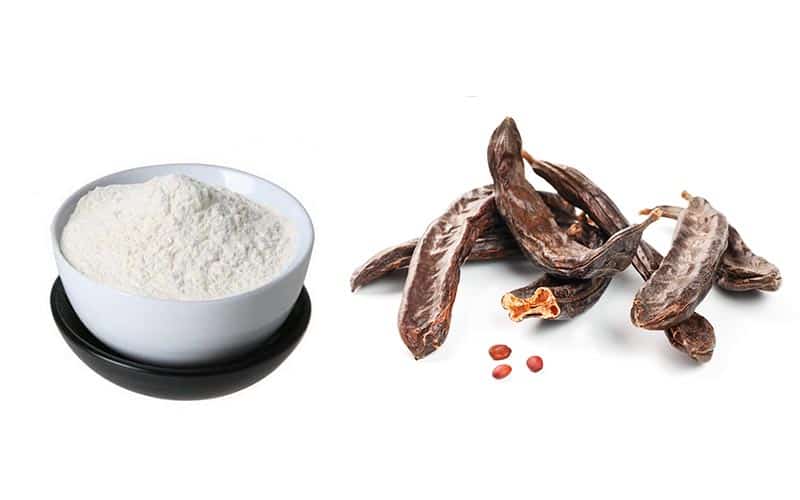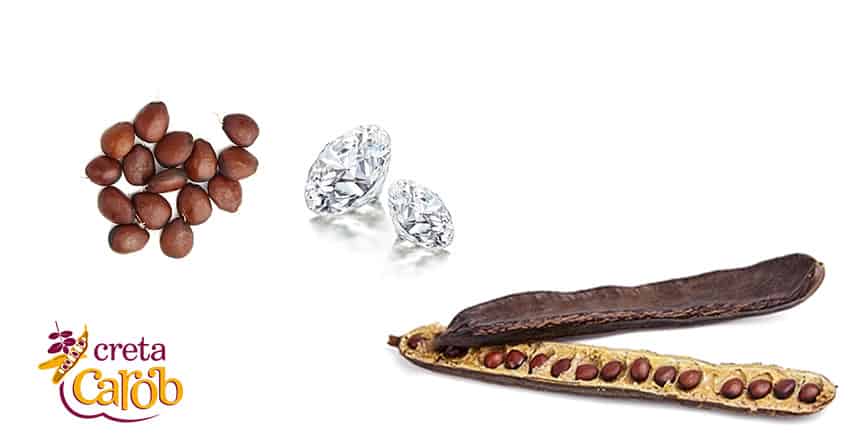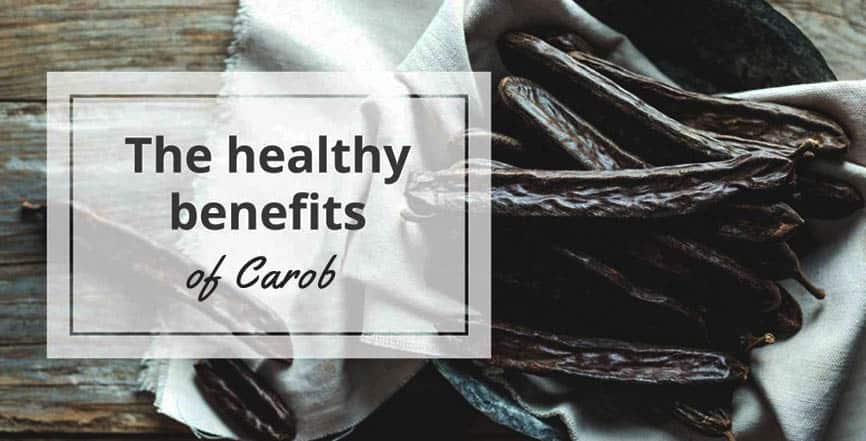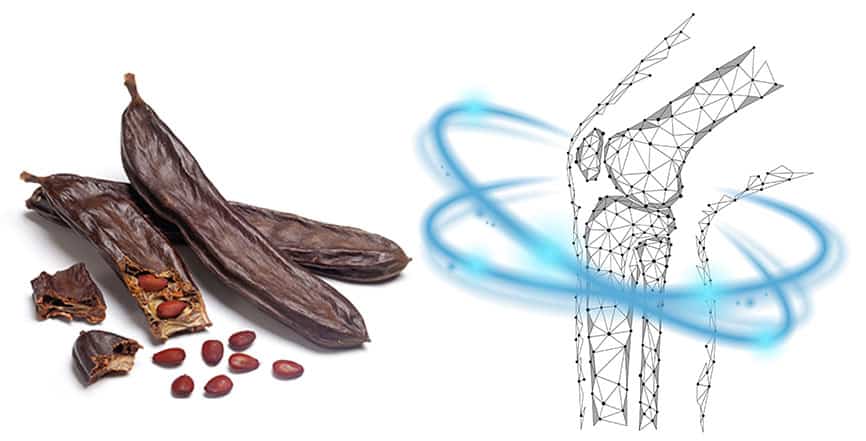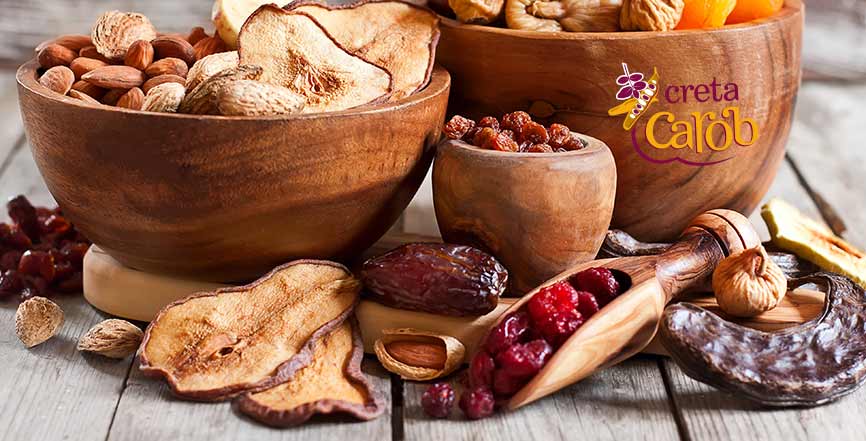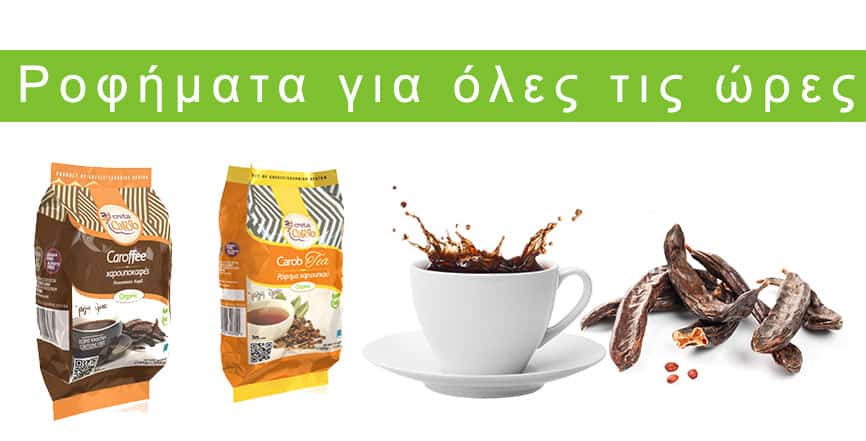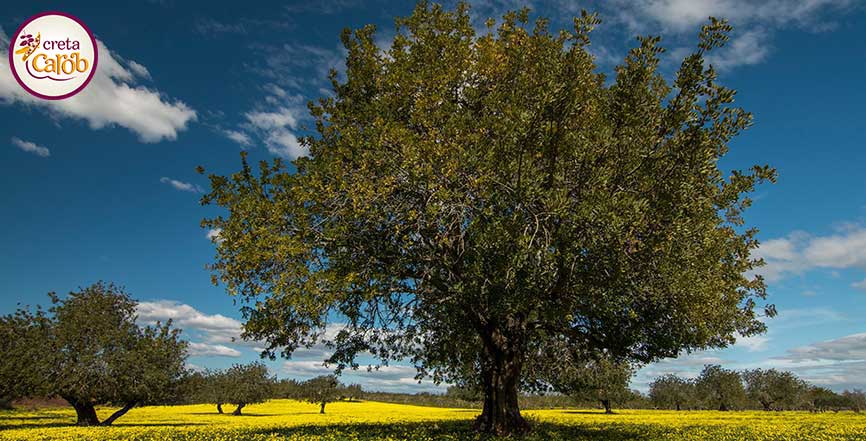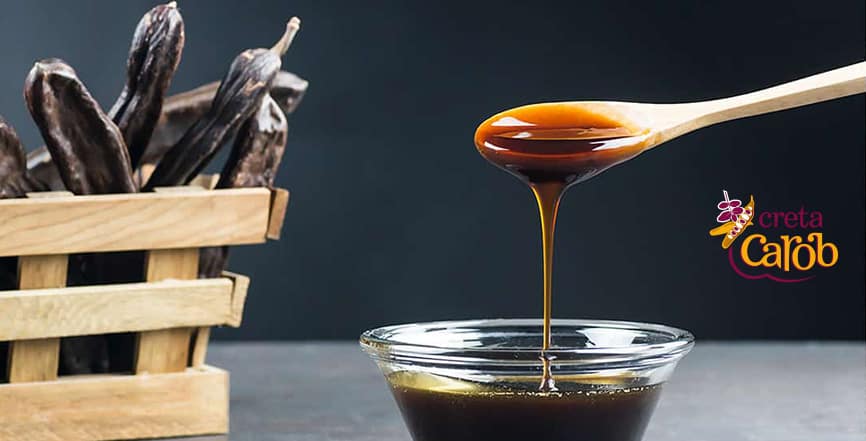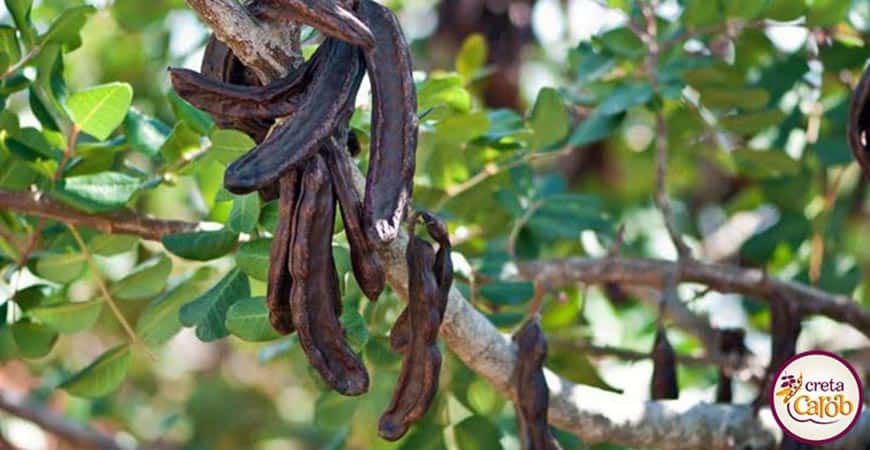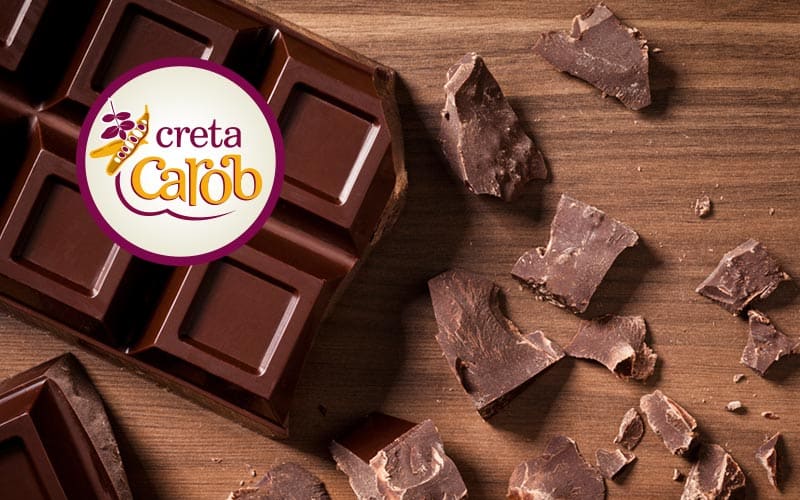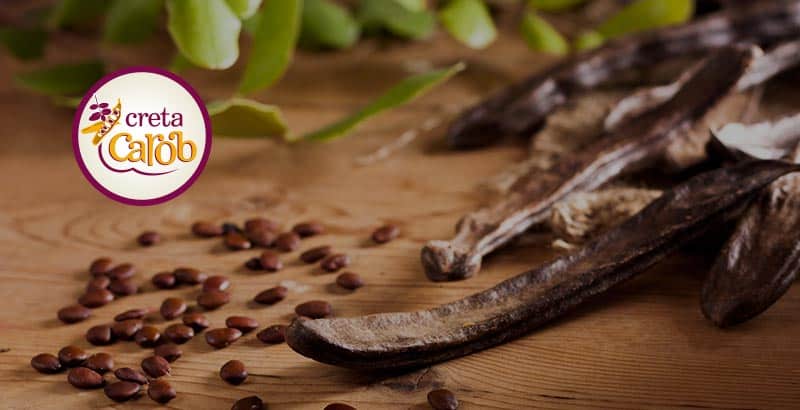Locust Bean Gum, or ‘ Carob Gum’, although not widely known, is found in many of the products we use every day. If you get to know it and learn its benefits, you will realize why it is so useful in your life.
What is Gum?
Gum (or pectin) is a structural polysaccharide found in the walls of fruits and vegetables (ie in the skin) but also in the kernel (seed). Some fruits are high in pectin (locusts, citrus fruits, apples, grapes, carrots, cabbage, avocados, artichokes, beets, lemons) while others are not high in pectin (strawberries, cherries, peaches and blueberries). Pectin is a white or slightly dark powder that under suitable conditions can form a gelatinous mass.
What is Locust Bean Gum (LBG)?
Carob Bean Gum is derived from the carob, the locust bean fruit, and specifically from the endosperm of the locust bean seed. Locust bean pectin is completely plant-based, unlike commercial gelatin derived from animal collagen, and does not contain gluten and sugars. It is also hypoallergenic and suitable for everyone. Also, pectin in fruits is probably the mildest method of detoxifying pollutants as it enhances the release of heavy metals and other chemicals into the bloodstream by binding to them and eliminating them all from the body.
Nutritional Benefits of Fruit Gums
Fruit Gums have been shown to have some very important health benefits. Gum belongs to the category of soluble fiber, which means that they cannot be digested by our body. This makes the colon more active. It has also recently been shown that fruit gums can lower ‘bad’ (LDL) cholesterol levels as well as total cholesterol levels.
What are the Benefits of LBG?
ΗLBG is widely used as a thickener, or as a stabilizer, or emulsifier. This means that it has the property of improving the texture of food. For example, it acts so that the ice cream does not melt quickly. It also increases the volume of food without adding extra calories. This causes a feeling of satiety in the stomach, resulting in you feeling full for longer. It also makes the taste more intense. Most importantly, LBG can be used in jams to stiffen faster, so they do not have to boil for a long time and lose their color, aroma, and nutrients.
What is the use of LBG?
- In Jams: By using Locust Bean Gum you make a healthier diet. LBG is usually used in jams and can reduce the sugar of the recipe, where usually the ratio is one to one (equal amount of sugar and fruit). This is because gum, in combination with fruit sugar and the right temperature, ‘binds the jam’. Essentially, LBG acts instead of sugar. The result is that the GUM will bind the jam without using too much sugar, and without having to boil for a long time to bind the sugar with the fruit. It is known that the more time we boil something, for example fruit, the more we reduce its nutrients and aromas. Boiling is needed to pasteurize our fruit, but then, we can use Carob Pectin to have a healthier result, which is not only tasty but also nutritious.
- In other foods: Pectin is used not only in jams, but also in dressings, homemade mayonnaise, soups and thick cocoa. We will also find it in bakeries, cream cheeses, ice creams.
How do I use Locust Bean Gum
In order to activate Gum, it needs three conditions: to heat up, to combine with sugars and to be in an acidic environment. Locust Bean Gum should usually be heated above 85 ° C for 10 minutes, for complete solubility. The ratio varies depending on the result we want to have (more watery or tighter). Usually for one kilo of fruit, we use up to 12-15g of Gum (ie 2 or 3 teaspoons).
Try Creta Carob’s LBG and improve the quality of your food!
See here our recipes with pectin.
Βibliography
- https://web.archive.org/web/20120330062341/http://www.glyconutritionforlife.org/Science_of_Glyconutrients/Locust_Bean_Gum_Powder.php
- http://www.cybercolloids.net/information/technical-articles/carob-and-locust-bean-gum-lbg-properties
- Martin Chaplin, Locust Bean Gum, London South Bank University
- CAROB BEAN GUM, UN Food and Agriculture Organization, Statistics Division. 2017
